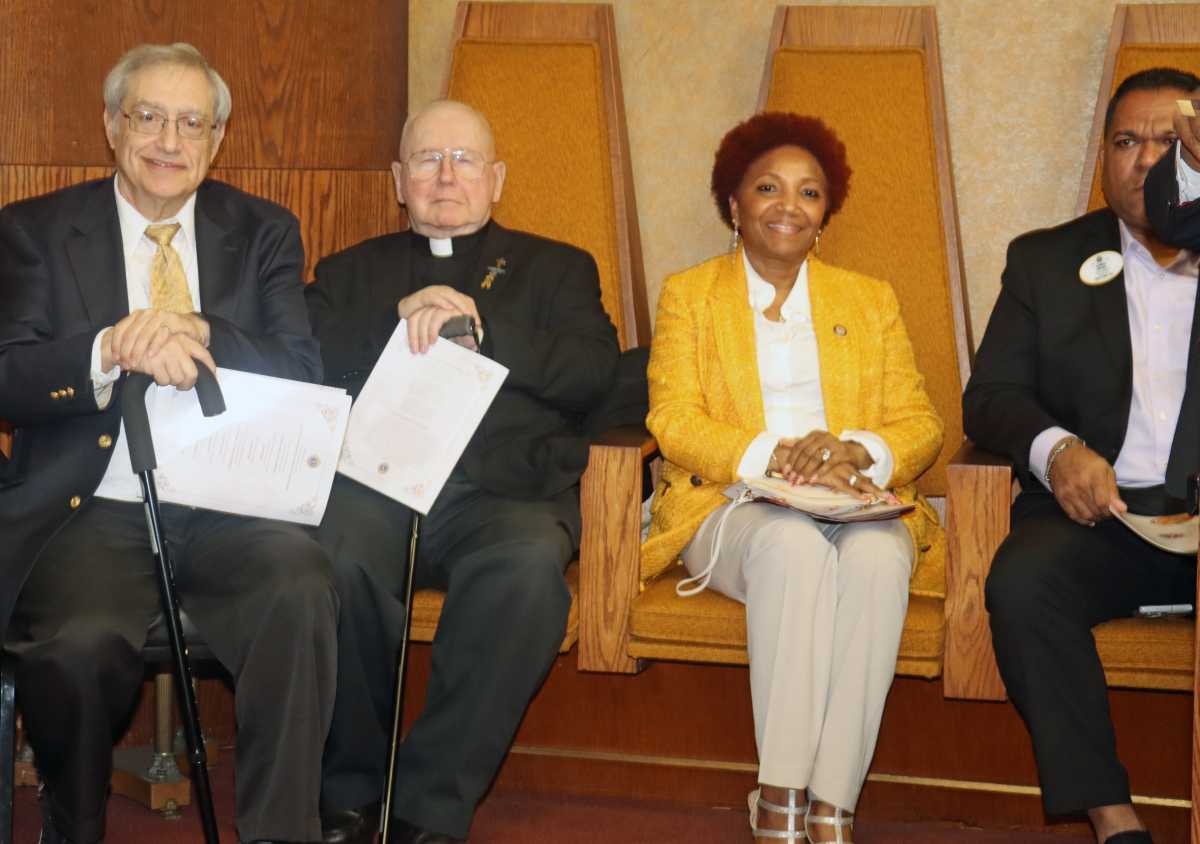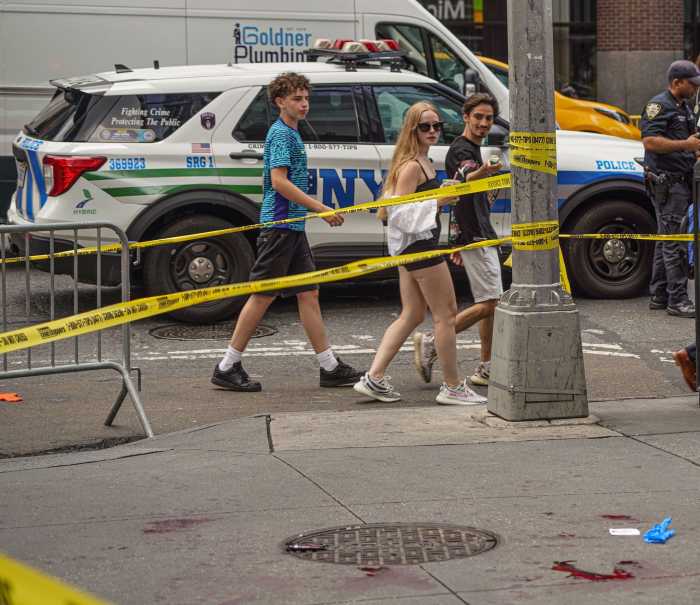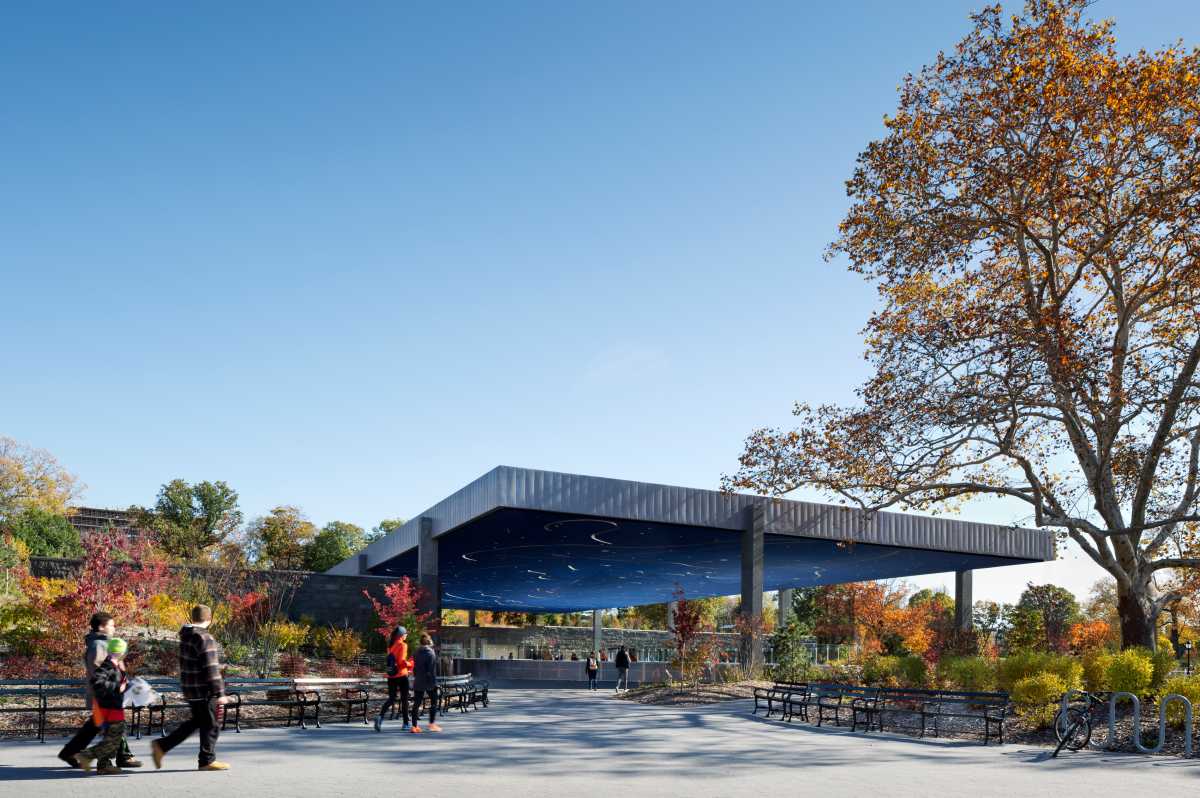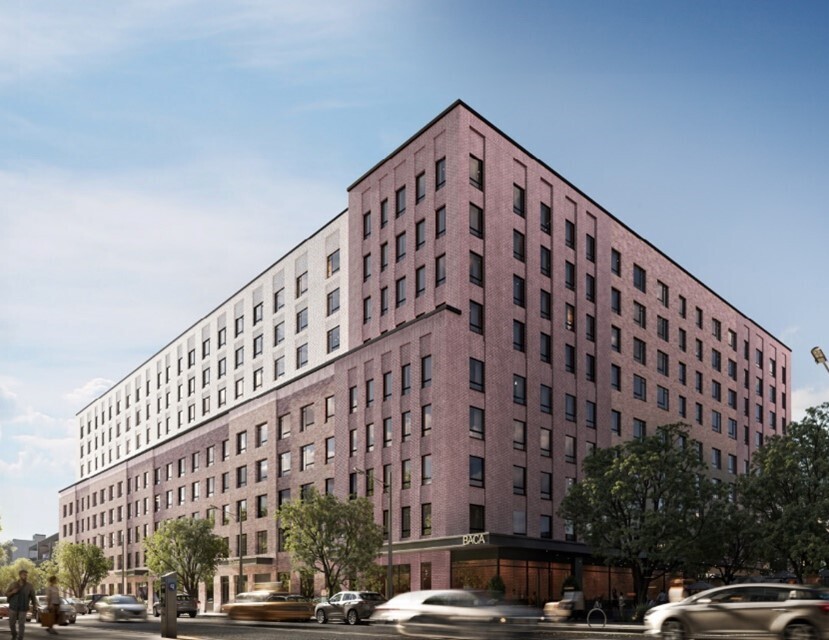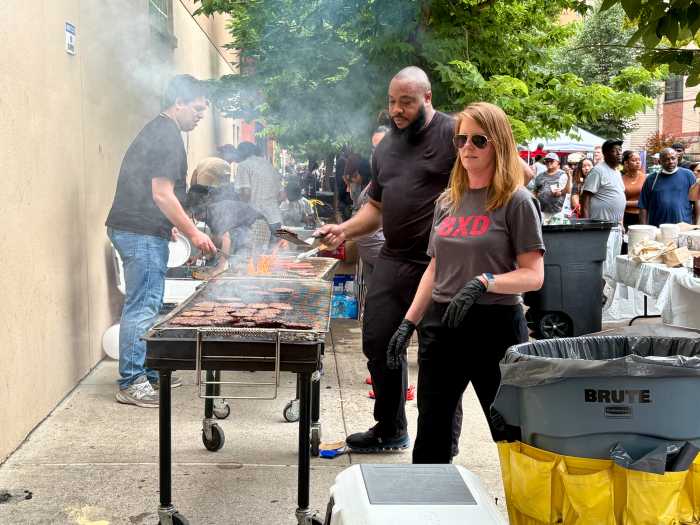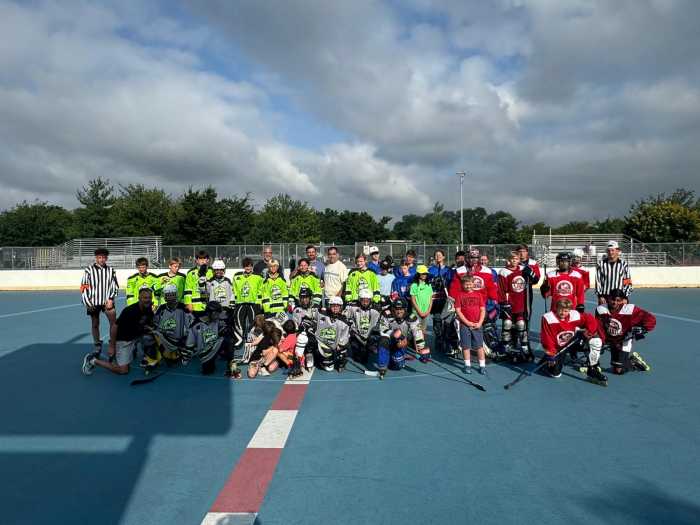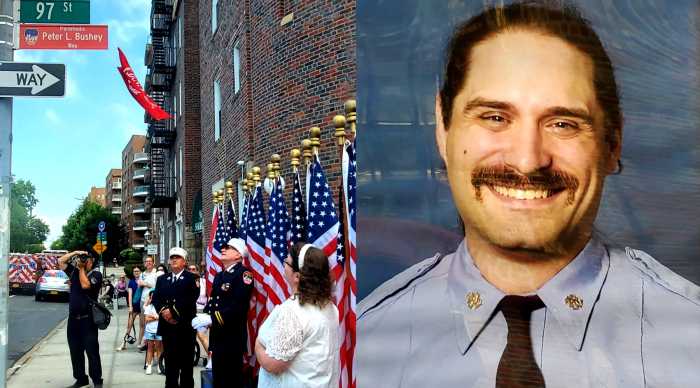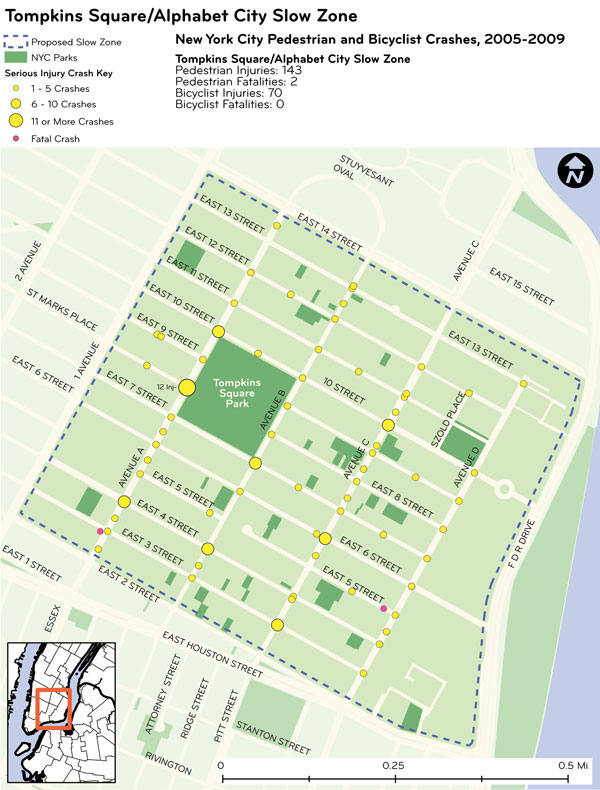
An analysis by Transportation Alternatives, culled from New York State Department of Motor Vehicles data.
BY LINCOLN ANDERSON | That was fast! The city’s Department of Transportation has approved the implementation of a “Tompkins Square/Alphabet City Slow Zone” next year.
And, the year after that, the West Village’s streets, as well, are reportedly set to get the lower speed limits and other traffic-calming measures that create the so-called slow zones.
Community Board 3 member Chad Marlow, who originally proposed the idea to D.O.T., broke the news last Fri., Oct. 11.
That morning, Margaret Forgione, the agency’s Manhattan borough commissioner, wrote to Marlow announcing that D.O.T. has green-lighted the idea and that it would be put into effect by next year.
“For each slow zone application,” Forgione wrote, “D.O.T. considers a myriad of factors, including, but not limited to: crash rate (relative to the rest of the borough), size of the zone, zone boundaries, transit density, community support, and institutions of priority within the zone (schools, daycare, senior centers, etc.). Upon reviewing your application, we are happy to report your zone was selected for implementation.”
Marlow is also the founder of the Tompkins Square Park & Playgrounds Parents’ Association.
The Villager broke the story about Marlow’s slow-zone proposal a little over half a year ago, back in April, when the newspaper printed a talking point by him about it.
Per Marlow’s talking point: “The slow zone program, in short, takes a well-defined, relatively compact area, and reduces its speed limit from 30 miles per hour to 20 miles per hour, with further reductions to 15 miles per hour near schools. These newly reduced speed limits are then promoted and enforced through the use of traffic-calming measures, such as specialized signage at zone entry points, painted speed limit information on streets and the selective use of speed humps (relatively flat, elongated speed bumps that are designed to be traversed at 15 to 20 miles per hour).”
Shortly after receiving Forgione’s letter last Friday, Marlow told The Villager, “I am beyond grateful to the Department of Transportation for approving the Tompkins Square / Alphabet City Slow Zone. I am equally filled with gratitude for all of the community groups, elected officials and members of Community Board 3 whose support for the proposal was instrumental in making it a reality. Most of all, I find myself thinking of my father, Richard Marlow, and how something positive has finally come out of the years of terrible pain and suffering he endured after being hit by a speeding, drunk driver in 1995. I dedicate this effort to his memory.”
According to StreetsBlog, there were 74 applications for slow zones. Fifteen were selected, to be rolled out over the course of the next three years.
“In what is an especially high honor,” Marlow said, “the Tompkins Square / Alphabet City Slow Zone is in the highest priority group, and is set for being rolled out in 2014.”
According to StreetsBlog, also set for 2014 rollout are slow zones in Norwood in the Bronx, Clinton Hill / Bedford Stuyvesant and Brownsville in Brooklyn, and Jackson Heights, Queens
Neighborhoods earmarked for slow zones in 2015 include Sunnyside Gardens / Woodside and Sunnyside in Queens; Crown Heights, Brooklyn; Parkchester in the Bronx; and the West Village.
In addition, traffic-calming measures are scheduled the year after that for Midland Beach in Staten Island; Brooklyn Heights and Prospect Heights in Brooklyn; Westchester Square in the Bronx; and Hudson Heights in Manhattan.
As for whether slow zones will be fast-tracked or parked in a new administration, it’s likely the former, since the predictive next mayor Bill de Blasio is a fan.
“De Blasio loves slow zones,” Marlow said. “He called for tripling the number of them during the campaign.”



